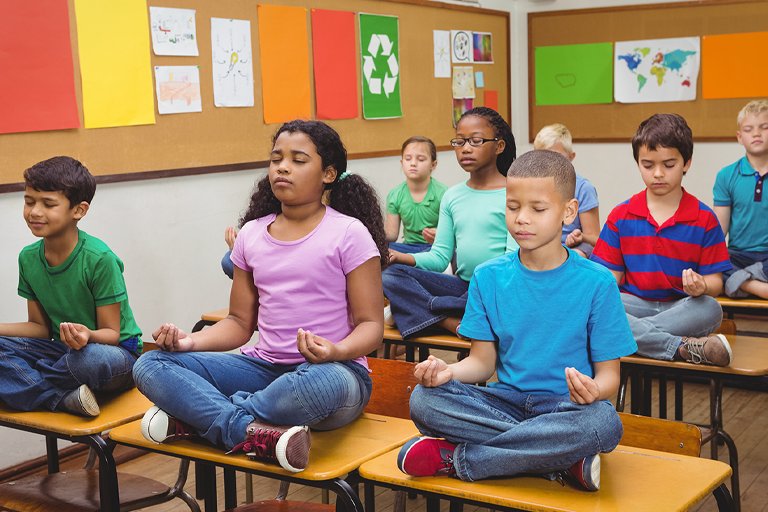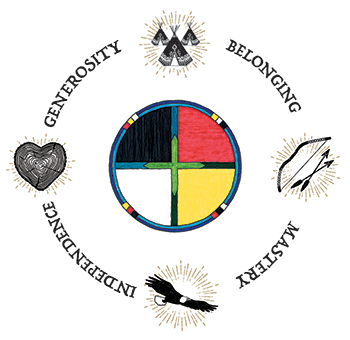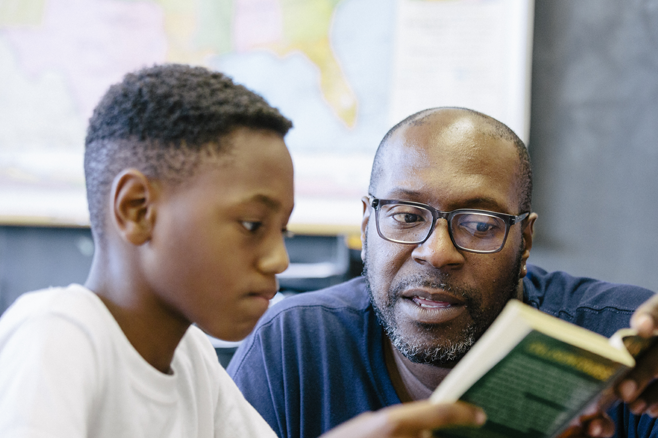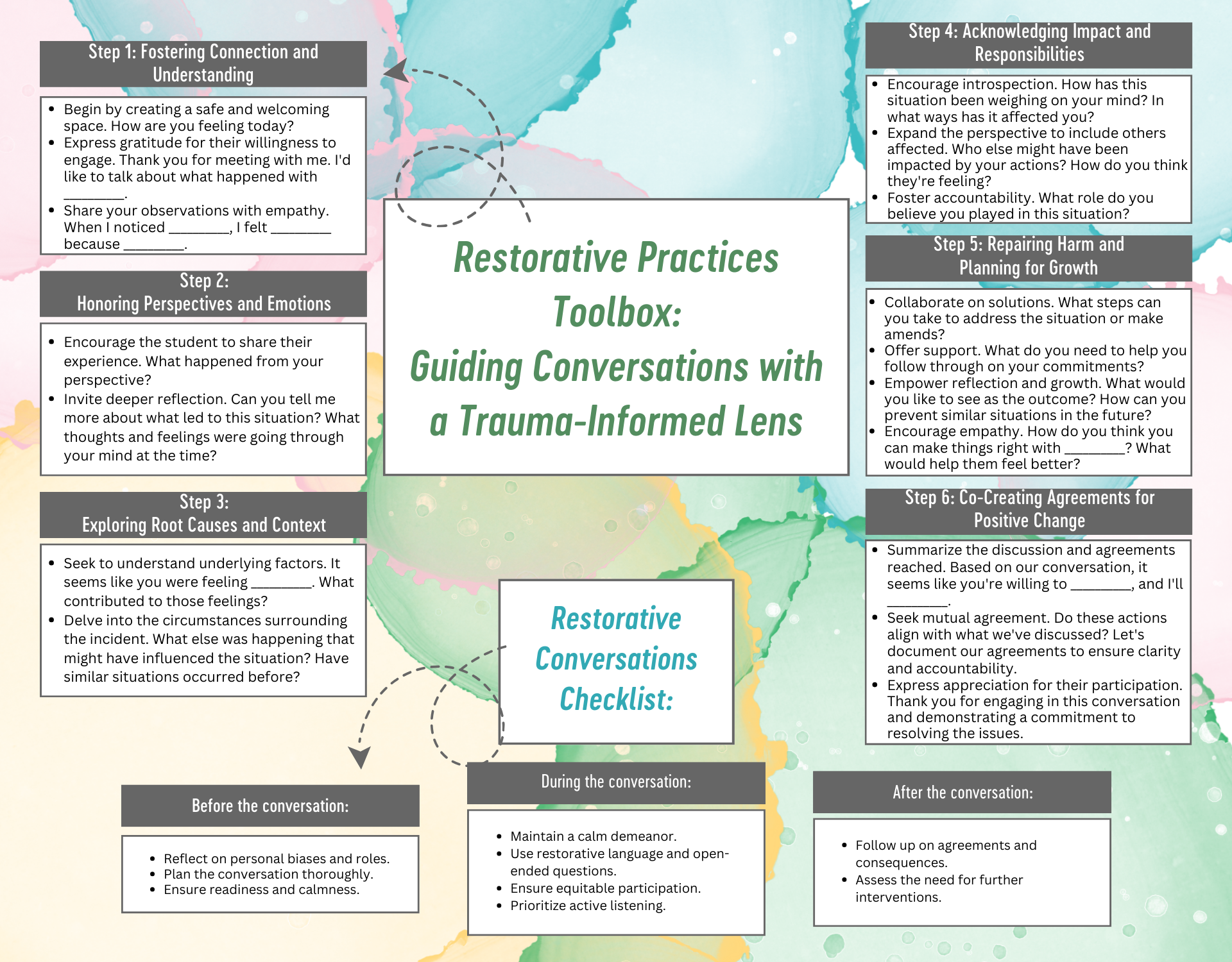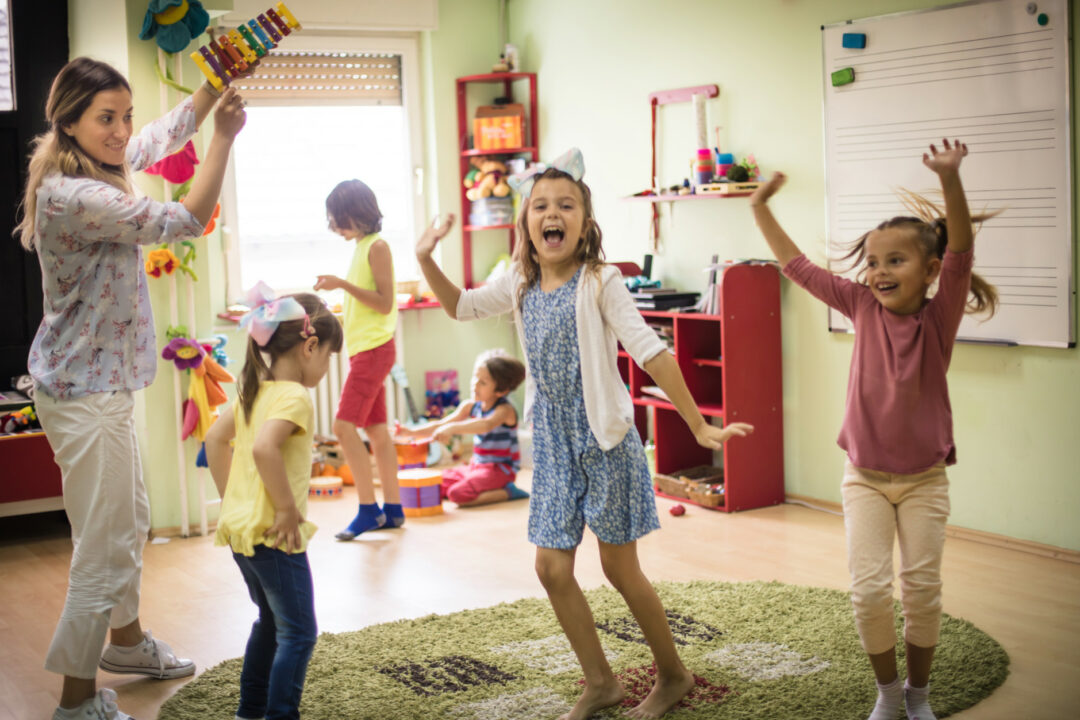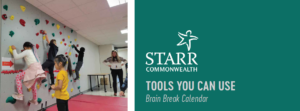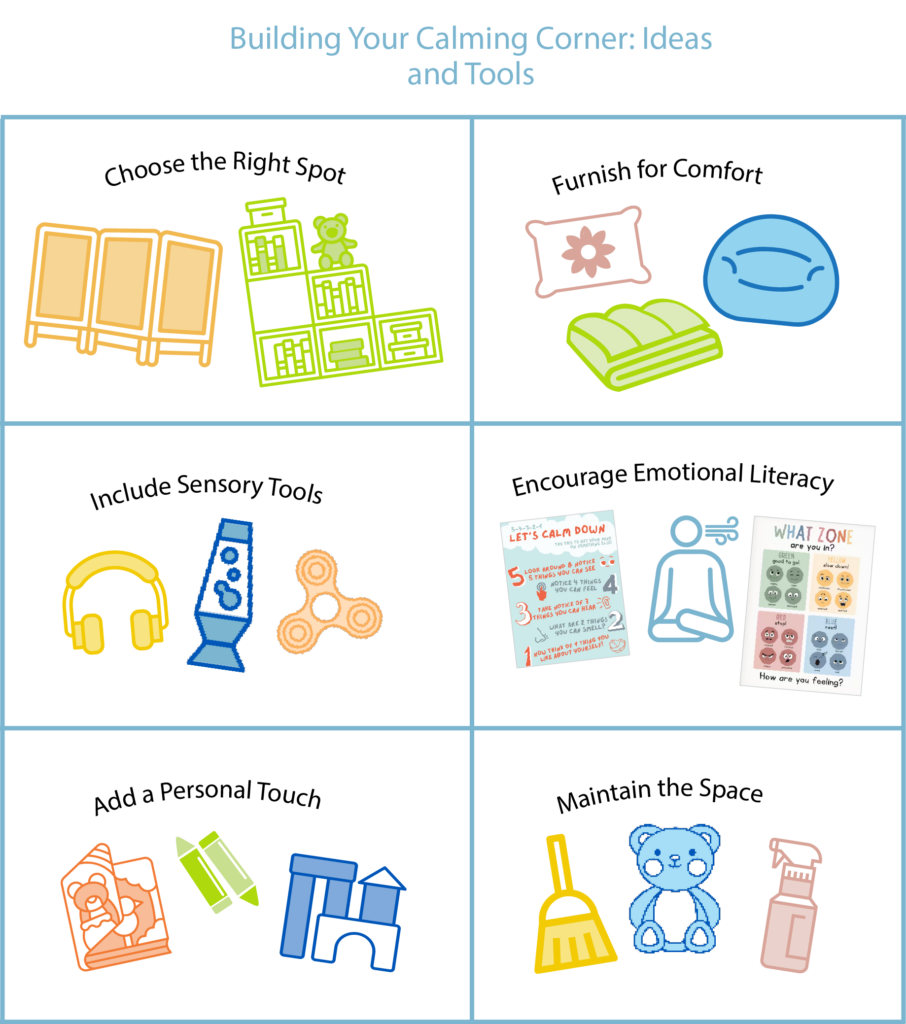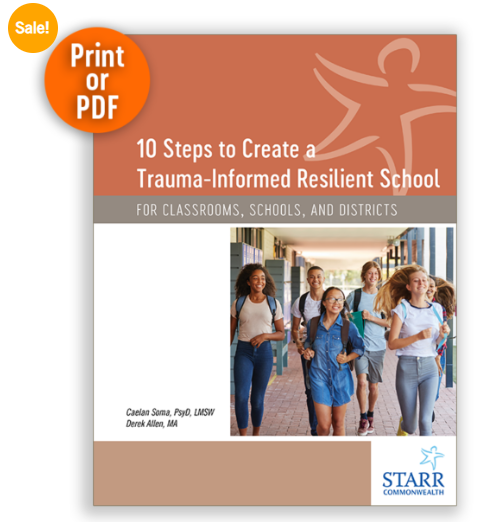The rising rates of substance use among youth—whether it’s vaping, alcohol, or other drugs—are an urgent and undeniable reality in our schools and communities. But what if we told you that substance use isn’t the problem? What if we looked beyond the behavior and saw it for what it truly is—a symptom of something deeper?
As school professionals and leaders, we have a choice: we can continue to chase symptoms, reacting with punitive discipline that often reinforces harm, or we can commit to understanding why a young person turns to substances in the first place.
At Starr Commonwealth, we believe in the power of Resilience-Focused Schools, where we recognize that behavior is communication and that every child can heal and grow when we meet their core needs.
Addiction as a Response to Pain: What Are Students Really Telling Us?
We often focus on what we can see—students vaping in bathrooms, smelling of smoke, or getting caught under the influence. But substance use is not about the nicotine, alcohol, or drugs themselves. It’s about the need those substances are temporarily filling.
Young people turn to substances as a means of coping with overwhelming emotions—fear, anxiety, loneliness, stress, or trauma. When they don’t feel safe, when they lack a sense of belonging, or when life feels unpredictable, substances offer an escape. Addiction is not about seeking pleasure—it is about seeking relief.
To make a lasting difference, we must first seek to understand rather than control. The question isn’t “How do we make them stop?” but rather “What pain is this child trying to numb?”
The Circle of Courage: Meeting Needs Before Addressing Symptoms
When we discipline students for substance use without addressing the why, we risk deepening their sense of disconnection and reinforcing the very emotions that led them to use in the first place. Suspension, exclusion, and shaming don’t solve the problem—they amplify it.
Instead, we can turn to a strengths-based framework like Starr’s Circle of Courage® model, which identifies four universal needs that every young person must have met to develop resilience:
Substance use often signals a breakdown in one or more of these areas. If a student does not feel connected, confident, or valued, they will seek relief in whatever way is available—whether that’s vaping, drinking, or using other substances.
Rethinking Our Response: From Punishment to Restoration
It is easy to feel frustrated when students make harmful choices. But we must ask ourselves: Is our response helping them heal, or is it pushing them further into distress?
Exclusionary discipline—suspension, expulsion, and zero-tolerance policies—often send the message: You are bad. You don’t belong here. And when a young person feels even more disconnected, their reliance on substances often increases, not decreases.
Instead, we can shift our approach by:




Beyond Discipline: Creating Pathways to Hope and Healing
The way we choose to respond to student substance use will either open a door to healing or reinforce the very pain that fuels the behavior. We are not just educators, administrators, or school leaders—we are lifelines for students who may not have anywhere else to turn.
This is not about ignoring consequences. It is about ensuring that the consequences we choose actually help, rather than harm.
So, the next time you see a student struggling with substance use, pause before reacting. Instead of asking, “How do we punish this?”, ask “How do we heal this?” The answer may change everything.









 How trauma-informed and resilience-focused is your school? Find out with our
How trauma-informed and resilience-focused is your school? Find out with our 
 More anxious, more irritable, and more disconnected than ever before.
More anxious, more irritable, and more disconnected than ever before.






 Try this: Instead of asking, “Are you okay?” try, “Our feelings matter just as much as our physical health. How are you really feeling?”
Try this: Instead of asking, “Are you okay?” try, “Our feelings matter just as much as our physical health. How are you really feeling?”

















